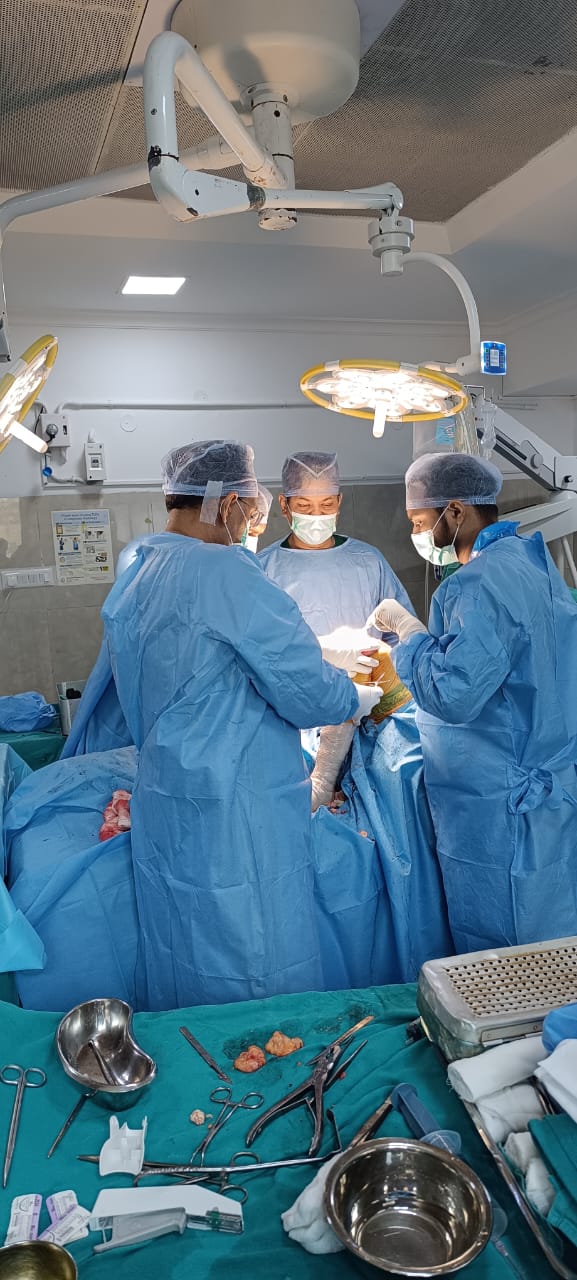
Joint replacement surgery has evolved significantly over the past few decades, offering life-changing solutions for patients suffering from debilitating joint pain and limited mobility. Modern advancements in orthopaedic technology have made these procedures more effective and recovery times shorter than ever before.
Joint replacement surgery involves removing damaged parts of a joint and replacing them with artificial components designed to replicate the movement of a healthy joint. The most common procedures include hip replacement, knee replacement, and shoulder replacement. These surgeries are typically recommended when conservative treatments like medication, physical therapy, and lifestyle modifications no longer provide adequate relief. With improved surgical techniques, including minimally invasive approaches, patients can now experience less post-operative pain, reduced hospital stays, and faster rehabilitation. The artificial joints used today are also designed to last longer, with many modern implants functioning effectively for 15-20 years or more.
"The goal of joint replacement isn't just to eliminate pain, but to restore function and help patients return to the activities they love. It's about giving people their lives back."Dr. Amit Aggrawal, Orthopaedic Surgeon

